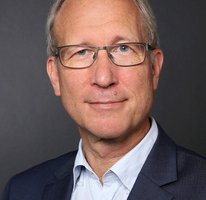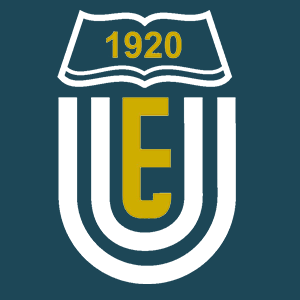Семінар проф. Маттіаса Вуттіга (RWTH Aachen University Department of Physics)
Травень 3, 2023

Професор Маттіас Вуттіг (Prof. Matthias Wuttig), професор фізики в Аахенському технічному університеті, Німеччина. Він є відомим науковцем з розробки нових функціональних матеріалів широкого спектра застосування. Був запрошеним професором в лабораторії Белла, Лабораторії Лоуренса Берклі, Стенфордському університеті, Університеті Ханчжоу, IBM, Інституті зберігання даних (DSI), Китайській академії наук у Шанхаї та в інших. Має понад 450 публікацій у провідних міжнародних виданнях, індекс Гірша за даними Scopus становить 82.
Тема доповіді Functional Materials by Design: Developing Treasure Maps with Quantum Chemistry.
Науковці та практики вже давно мріють про створення матеріалів з необхідними властивостями, проте, навіть через сто років після того, як квантова механіка заклала основи систематичного опису властивостей твердих тіл, все ще неможливо передбачити найкращий матеріал для певних областей застосування. В лекції проф. Матіаса Вуттіга буде порушено питання, чи можна розробити шляхи проєктування матеріалів, зокрема передових функціональних матеріалів з привабливими оптико-електронними властивостями, включаючи матеріали з фазовими змінами, термоелектричні перетворювачі енергії, фотонні перемикачі та матеріали для фотовольтаїки.
Наступного тижня, 05 травня о 16-00, відбудеться семінар Prof. Matthias Wuttig.
Zoom link:
Join Zoom Meeting
https://us02web.zoom.us/j/4590042894?pwd=dEZzSjlMbEdkQnhNODZYYjJoekVPUT09
Meeting ID: 459 004 2894
Passcode: Ch24022022
Chairman: Prof. Valentyn Chebanov
Lecture abstract:
Scientists and practitioners have long dream of designing materials with novel properties. Yet, a hundred years after quantum mechanics lay the foundations for a systematic description of the properties of solids, it is still not possible to predict the best material in applications such as photovoltaics, superconductivity or thermoelectric energy conversion. This is a sign of the complexity of the problem, which is often exacerbated by the need to optimize conflicting material properties. Hence, one can ponder if design routes for materials can be devised.
In recent years, the focus of our work has been on designing advanced functional materials with attractive opto-electronic properties, including phase change materials, thermoelectrics, photonic switches and materials for photovoltaics. To reach this goal, one can try to establish close links between material properties and chemical bonding. However, until recently it was quite difficult to adequately quantify chemical bonds. Some developments in the last decades, such as the quantum theory of atoms in molecules have provided the necessary tools to describe bonds in solids quantitatively. Using these tools, it has been possible to devise a map which separates different bonding mechanisms. This map can now be employed to correlate chemical bonding with material properties. Machine learning and property classification demonstrate the potential of this approach. These insights are subsequently employed to design phase change as well as thermoelectric materials. Yet, the discoveries presented here also force us to revisit the concept of chemical bonds and bring back a history of vivid scientific disputes about 'the nature of the chemical bond'.
Contact us: chebanov@gmail.com; info@isc.kh.ua
